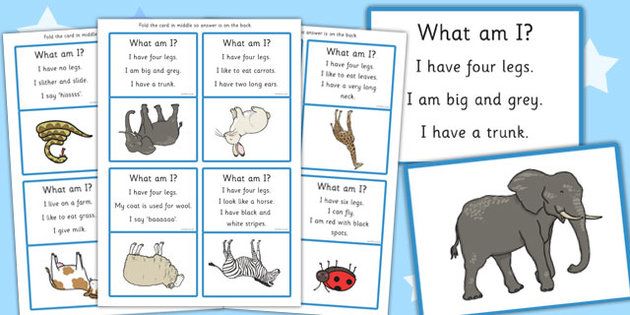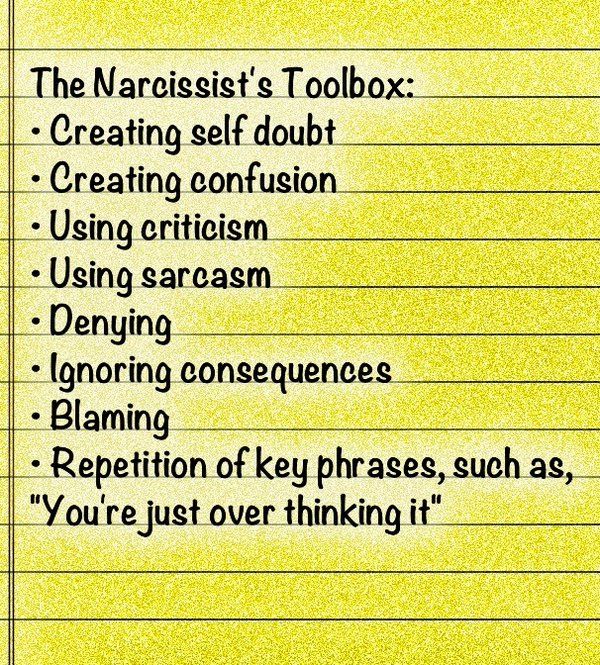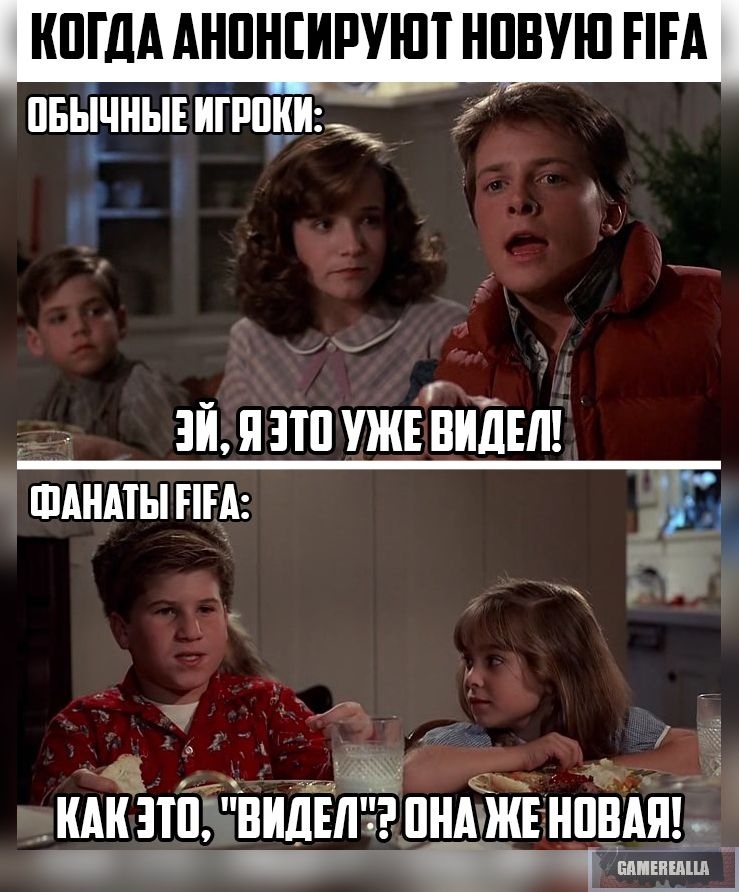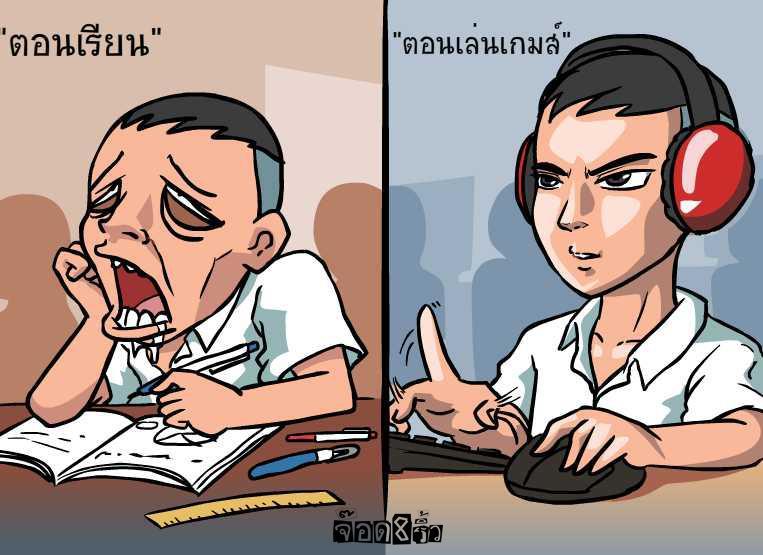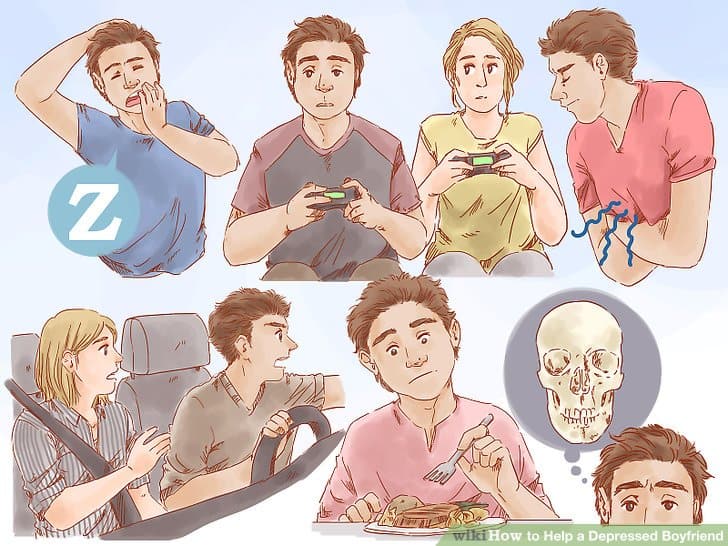Am i delusional quiz
Test how delusional you are
Share This Post
Thinking Out Loud
By Bill Flavell on Comments Closed / 1860 views
Delusion is not an oddity—it’s the norm. Almost all of us can slip into delusional thinking and it’s easy to see why. We all have a tendency to be confounded by cognitive biases. These are thinking errors that seem to be hard-wired into us. An example is the bandwagon effect which makes us feel an opinion that is widely held is probably true. Another example is the gambler’s fallacy which makes us feel the probabilities of a future event are influenced by past events (I’ve seen six heads in a row so the next toss is more likely to be a tail.
) Confirm bias is very destructive of good thinking—it makes us pay attention to evidence that seems to support our beliefs and ignore contrary evidence. Psychologists have identified well over 100 such biases, and more are being discovered.
You can think of delusional disorders as sitting on a continuum. At one end are the clinically ill (the 0.2% of people who believe they are deceased, or who believe a loved one has been replaced by an alien or a robot). In the middle are those who too readily accept unlikely things as true, and are reluctant to revise their beliefs even when shown contrary facts. At the extreme opposite end to those who are clinically ill are about 9% of the population who are free from delusional thinking and will readily change an opinion once presented with validated counter-facts.
There is no doubt that religious people will be scattered along this scale—the strongly fundamentalists closer to the 0.2% of clinically ill people and the more liberal around the middle. But atheists are not blameless here. With only 9% of people free from from delusional thinking, atheists are bound to be scattered across the continuum too.
But atheists are not blameless here. With only 9% of people free from from delusional thinking, atheists are bound to be scattered across the continuum too.
Research has shown that intuitive people, who have a tendency to jump to conclusions on inadequate evidence, are likely to have more delusional thinking than analytical people who take their time before coming to a conclusion.
There is now a test you can do easily at home to assess how susceptible you are to delusional thinking. It’s known as the Peters Delusion Inventory. Try it. Answer each of the 21 questions below and give yourself one point for each YES answer and zero points for each NO answer, then add your points to get a final score. If you want an accurate result, you must be honest.
You do not have to reveal your results but, you can if you wish. I predict that religious people will have a higher Delusion Inventory score than non-religious people.
THE TEST
- Do you ever feel as if people seem to drop hints about you or say things with a double meaning?
- Do you ever feel as if things in magazines or on TV were written especially for you?
- Do you ever feel as if some people are not what they seem to be?
- Do you ever feel as if you are being persecuted in some way?
- Do you ever feel as if there is a conspiracy against you?
- Do you ever feel as if you are, or destined to be someone very important?
- Do you ever feel that you are a very special or unusual person?
- Do you ever feel that you are especially close to God?
- Do you ever think people can communicate telepathically?
- Do you ever feel as if electrical devices such as computers can influence the way you think?
- Do you ever feel as if you have been chosen by God in some way?
- Do you believe in the power of witchcraft, voodoo or the occult?
- Are you often worried that your partner may be unfaithful?
- Do you ever feel that you have sinned more than the average person?
- Do you ever feel that people look at you oddly because of your appearance?
- Do you ever feel as if you had no thoughts in your head at all?
- Do you ever feel as if the world is about to end?
- Do your thoughts ever feel alien to you in some way?
- Have your thoughts ever been so vivid that you were worried other people would hear them?
- Do you ever feel as if your own thoughts were being echoed back to you?
- Do you ever feel as if you are a robot or zombie without a will of your own?
YOUR RESULTS
1-5 You are less prone to delusions than most. Your thinking style is probably more analytical than intuitive.
Your thinking style is probably more analytical than intuitive.
6-7 Congratulations! You are normal. The average score is 6.7, with no difference between men and women.
8-21 You are more prone to delusions than most. You are likely to think intuitively and jump to conclusions.
Credit: Schizophr Bull. 2004;30(4):1005-22.
Measuring delusional ideation: the 21-item Peters et al. Delusions Inventory (PDI).
Bill Flavell
AAI Vice President
Share This Post
Schizophrenia Test
Medically reviewed by Tiffany Taft, PsyD — By Psych Central Staff — Updated on Feb 5, 2021
Schizophrenia is a chronic mental health condition that affects a person’s thoughts, feelings, and behaviors.
It’s characterized by several symptoms, the most common being hallucinations or delusions that have no connection to reality, but feel real to the person experiencing them.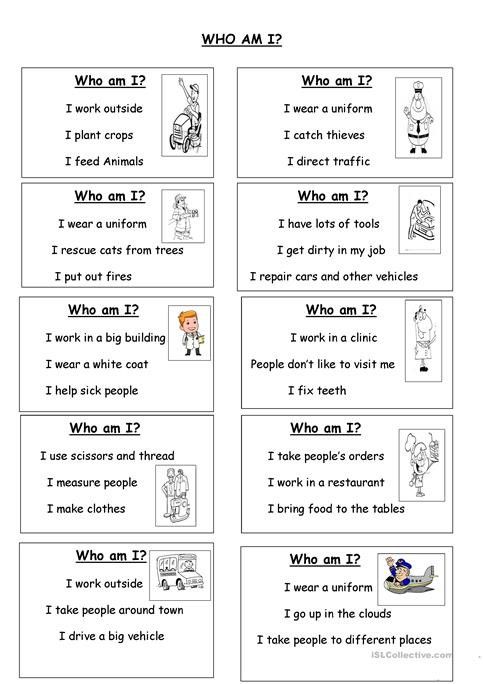
This schizophrenia quiz is for anyone who wants to see if they may have symptoms commonly associated with schizophrenia or a related condition. It takes most people less than 2 minutes to complete and will provide instant results.
Instructions
Answer the questions below honestly based on how you currently feel or have felt in the past month.
This quiz cannot replace diagnosis by a healthcare provider. If you believe you have symptoms of schizophrenia or another condition after taking this test, reach out to a qualified healthcare professional for a full evaluation.
Was this helpful?
This online screening is not a diagnostic tool. Only a trained medical professional, like a doctor or mental health professional, can help you determine the next best steps for you.
Common symptoms of schizophrenia
You may be diagnosed with schizophrenia if you experience 2 or more of the following symptoms for at least 1 month:
- delusions
- hallucinations
- incoherent speech, or speech that quickly switches from topic to topic with no thread between them
- severely disorganized or catatonic behavior
- any of the negative symptoms of schizophrenia
Schizophrenia has two main types of symptoms: positive and negative.
Delusions and hallucinations are the main characteristics of schizophrenia. These are positive symptoms.
A delusion is a fixed belief that doesn’t change, even when a person is given evidence the belief isn’t based in reality. An example of a delusion is that “everyone is out to get me.”
Hallucinations involve seeing, hearing, or feeling things that aren’t there. Examples include hearing voices that aren’t your own, or seeing people that aren’t actually in the room.
Hallucinations and delusions are called positive symptoms because they represent additional behaviors not generally seen in people without the condition. Negative symptoms can be seen as behaviors that are missing or underdeveloped.
Negative symptoms include:
- lack of emotional expression
- an inability to experience happiness
- difficulties planning or sticking with an activity like grocery shopping
- social withdrawal
Check out more about the symptoms of schizophrenia.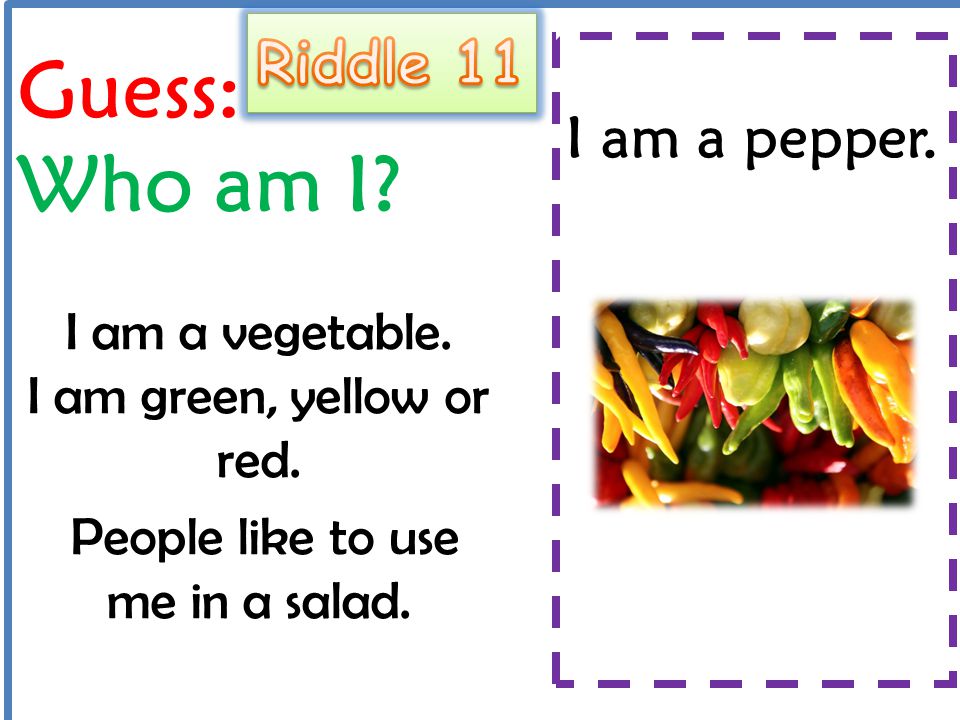
How is schizophrenia treated?
Schizophrenia is often managed with a combination of treatments, including medications and psychotherapy.
Symptoms of schizophrenia are often effectively treated with antipsychotic medications. Since there are many types of these drugs, you should reach out to your doctor about your options, their pros and cons, and how to manage any side effects that may occur.
Psychosocial treatment is also often recommended. This includes talk therapy and social skills training.
You may want to reach out to your doctor about programs in your area, and assistance in getting enrolled. Most insurance companies, if you have insurance, will cover some of these services.
Support groups can be another great way to get started and learn about additional resources. For example, the National Alliance on Mental Illness (NAMI) has a weekly support group for people with mental health conditions. You can find a group in your area on the NAMI homepage.
Learn more about the treatment options and approaches to schizophrenia.
What causes schizophrenia?
Schizophrenia is a complex mental health condition. Its exact causes are unknown, but several things may play a role, including:
- genetics
- environmental triggers
- structural or chemical brain changes
- complications before or during birth
Most people develop schizophrenia in their late teens or early 30s.
Ready to start therapy? Our Find a Therapist resource may help.
how to open your make-up school. The story of the founder of Iconface Ksenia Nikitina
Where to start, what to focus on and how to stand out - the secrets are revealed by the creator of the best make-up school in Russia, Ksenia Nikitina.
Ksenia Nikitina
Founder and creative director of Iconface professional make-up school. Make-up artist, master of international class
I came to Moscow from Dnepropetrovsk. At home, I received an architectural education - I studied for 6 years at the Pridneprovsk State Academy of Civil Engineering and Architecture, and became a specialist. Since then, I have been “delusional” with ideal proportions, looking for the harmony of lines and shapes. I thank education for my structural thinking. I drew and mastered make-up techniques - it captivated me. It turned out better and better - I tried endlessly, preparing models for shooting, honing the technique on different faces.
At home, I received an architectural education - I studied for 6 years at the Pridneprovsk State Academy of Civil Engineering and Architecture, and became a specialist. Since then, I have been “delusional” with ideal proportions, looking for the harmony of lines and shapes. I thank education for my structural thinking. I drew and mastered make-up techniques - it captivated me. It turned out better and better - I tried endlessly, preparing models for shooting, honing the technique on different faces.
My first teaching experience was in 2001, at the make-up school "VIS-ART" (Ukraine). I worked for a year and realized that I wanted to move on. I easily packed my bags and moved to the capital.
I already had the idea of my own school in my head, but I wanted to explore all aspects of the process. From 2005 to 2008 I taught at the Moscow School of Makeup Artists "Forum" (then she was the most famous in Moscow). The Forum trained specialists in the fashion industry - they focused on glossy magazines, shows and movies. In 2008, I stood at the origins of the Make-up Code image school - there I began to develop my own teaching methodology. The point was to produce not just makeup artists, but modern specialists in their field. I "rehearsed": observed, drew conclusions.
In 2008, I stood at the origins of the Make-up Code image school - there I began to develop my own teaching methodology. The point was to produce not just makeup artists, but modern specialists in their field. I "rehearsed": observed, drew conclusions.
In 2011, I plucked up the courage to open the first set at my own Iconface make-up school. From the very beginning, I set the bar high for myself. I had the best cosmetics, for example, Shu Uemura, a brand for make-up artists Ben Nye and Illamasqua (it is not yet in Russia). For the first three years, I was at Iconface 24 hours a day. I gave my students everything, taught everything I know, answered any questions. That is why people came to me from other cities and countries. From the very beginning, I put myself in the place of a student, paid maximum attention to visitors. It is important for me that the student receives comprehensive information by going to Ksenia Nikitina.
When I opened the school, I realized that my family was suffering - then I decided to recruit helpers. Hardworking, honest, with a spark in his eyes. I am proud of my team - only fans of their profession work for me. They like to arrive early in the morning and leave after midnight. I, in turn, never offend anyone! My important principle is to pay people money for any work. My team receives a salary, but gives me much more - they begin to live their own business.
Hardworking, honest, with a spark in his eyes. I am proud of my team - only fans of their profession work for me. They like to arrive early in the morning and leave after midnight. I, in turn, never offend anyone! My important principle is to pay people money for any work. My team receives a salary, but gives me much more - they begin to live their own business.
To create the best makeup school, you need to sincerely promote the growth of each employee. I teach everyone! Working at Iconface starts as an assistant: you take all the school's courses for free and reach such a level of knowledge that it would be a pleasure for me to call you part of the team.
Why did my school become successful so quickly? I'm not trying to save on the important. Now the Iconface office is located in the Moscow-City Federation Tower, the offices have panoramic windows with perfect natural light. We have thought over the interior to the smallest detail - it is very functional: powerful lamps, modules for storing huge stocks of our cosmetics, high chairs that are really comfortable to sit on.
I rely on non-indifference: after class I help to draw up a case and advise on opening my own LLC. If people believe in me and want to study at Iconface, I want to complete the program 100 percent. From the very beginning, I put myself in the place of a student, paid maximum attention to visitors. Imagine: a guy from Vladivostok is flying to me, he spent crazy money on a ticket. He rents an apartment in Moscow for a month, pays for food, and no one answers his questions! It's a disaster.
I come to work as if it were a holiday! I can paint, speak and explain for five hours in a row. My profession is not a way to earn money. I see in it a great opportunity for self-realization, helping people and loving them. Many consider my work fun and easy - no one thinks about sleepless nights, two children (the second is 5 months old) and responsibility.
I'm constantly approached and asked what I need to do to work in Iconface. First of all, I shouldn't be asked these kinds of questions. Secondly, I myself see who can do it. We are looking for people who understand what work is. It's like a sport, they train every day. Those who see how the work actually happens and are ready to work quickly become stars, they are chosen by big brands.
Secondly, I myself see who can do it. We are looking for people who understand what work is. It's like a sport, they train every day. Those who see how the work actually happens and are ready to work quickly become stars, they are chosen by big brands.
On the final day of the Foundation course, I spend 5 hours telling people about their year of life after Iconface - telling them what they need to do to become a star. Make a portfolio, hone your technique, create the perfect case, pick up working photos. Who is following this advice? 1 percent! I ask students to use the hashtag #iconface so I can see their progress. From last year's set (15 people), there are only two girls who "plowed" as I asked. If I need people, I will take them.
My favorite graduate is Tim Leo. You will be surprised, but I do not consider him initially talented. He has his own shading technique, Tim does not hold the brush according to the canons. Releasing Tim, I said: "If you do not draw every day, nothing will work out.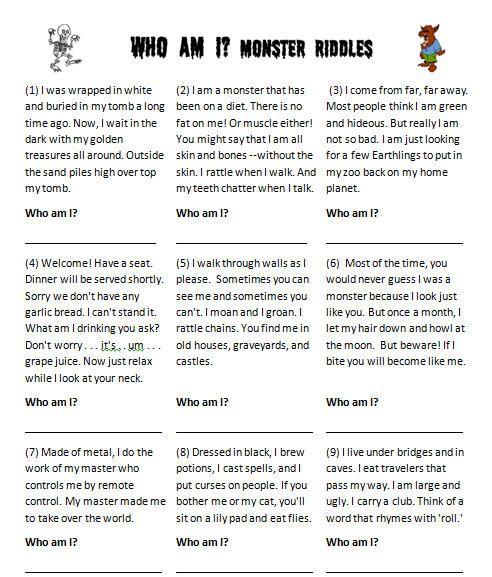 " He painted from morning to night, looking for any job. After 5 years, he became a big star.
" He painted from morning to night, looking for any job. After 5 years, he became a big star.
What do I think about natural talent? I have only one example in my team - Anastasia Kruglova. She draws brilliantly. All the rest are plowmen who have reached the level of Kruglova with constant work.
Text: Dilyara Telyasheva“If I meet a woman…”: female images in V. Vysotsky’s poetry-songs
Source: SLOVO portal
Vladimir Vysotsky
the study of the character world of his works, which leads to an understanding of the multifaceted relationships between the lyrical "I" and role-playing characters, as well as the general patterns of the artistic concept of personality embodied here[i]. At the same time, female images, which, on the one hand, have an independent meaning, and, on the other hand, play a certain role in the in-depth disclosure of the personality of the lyrical hero in his evolution, usually remain quite common in Vysotsky’s poems and songs, outside the field of view of researchers.
Numerous female images are already found starting from the early "thieves" songs, where, with a general downward trend, original psychological touches are also scattered. One of the first examples is the song "Tattoo" (1961), this "parody of a lyrical message built on the principle of a ballad" [ii], where a confession to a woman appears framed by "thieves" themes and style. The figurative world is based on the interpenetration of the spiritual space and the sphere of the manifest, material, which leads to the play on the allegorical potential of the word (“the profile is punctured” - “the soul is punctured”[iii]). The realm of beauty emerges in spite of the reduced reality of the criminal world – in the feeling of the power of femininity enlightening, weakening the destructive rivalry: “I carry your bright image in my soul, Valya, // And Lesha gouged out your image on my chest.” The element of femininity turns out to be involved in the world of creativity (“tattoo ... more beautiful” - “you are closer to me”) and introduces the motive of high poetry into the work: “He overcame my misfortune with art. ”
”
In other early songs, in a reduced, vulgarized modality of attitude towards a woman, in the spiritual aspirations of the lyrical “I”, an internally conflicting overlay of rudeness and an anguished feeling in its sincerity is indicated. This is the song “What are you, an infection, shaved your eyebrow ...” (1961) [iv], which has sociohistorical overtones, and “Forgetting about business and worries ...” (1961 or 62), where the hero, putting on a mask of a robber, “ gentleman”, reveals the “sublime” in purely reduced circumstances (“If I meet a woman ... // I calmly notice her like that, // That she has nowhere else to rush”). The songs “Your eyes are like a knife ...” are also indicative (1962), in which disastrous and at the same time sacrificial love is displayed (“How you will slash your heart // You with a cold, sharp gray cleaver”), “I didn’t beat women until I was seventeen ...” (1963), where the hero’s contradictory behavior in relation to a woman (“thoroughly punched” for treason, “a naughty tongue stuck to the larynx”) betrays his internal brokenness, painful destructiveness.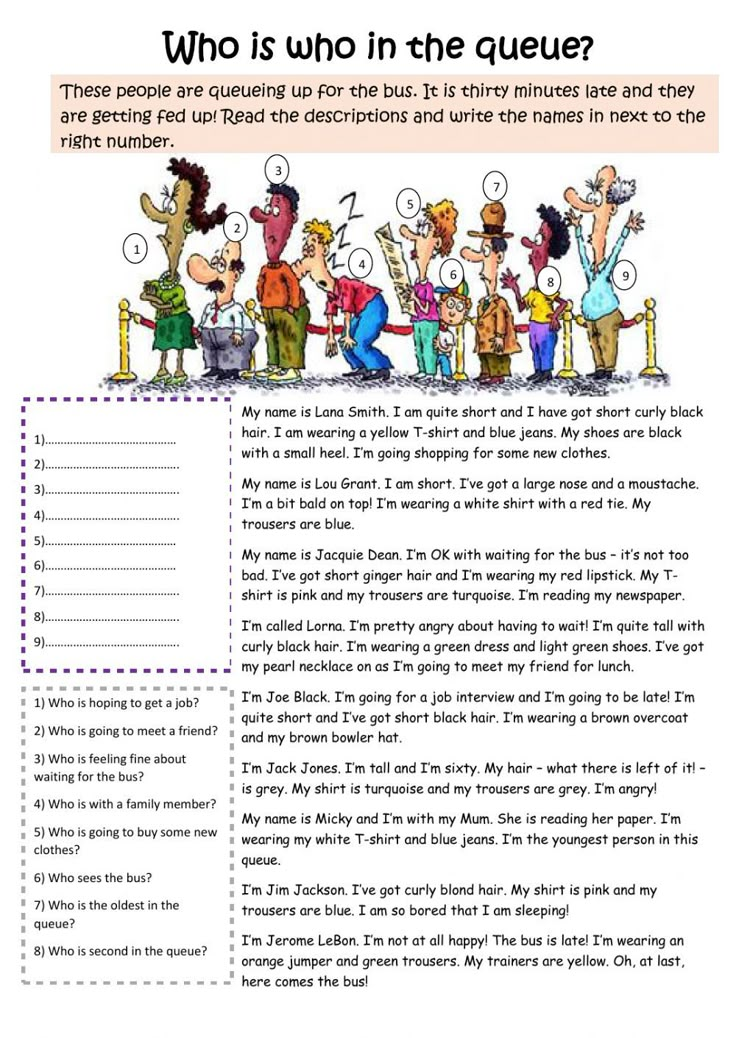 A meeting with a woman for the hero of Vysotsky sometimes acquires a fateful significance, opens up unexpected ways for his self-disclosure. So, in the song "The one who used to be with her ..." (1962) captured only in a jerky stroke, but emphasized in the refrain, the heroine’s flexibility and spiritual sensitivity (“She said: “Don’t hurry, // It’s too early!”) leads to the awakening of a “childish” immediacy in the feelings and behavior of the hero himself (“with might and main watched the children look”), his subsequent nobility and inner disinterestedness: “But I forgive, I forgive her.”
A meeting with a woman for the hero of Vysotsky sometimes acquires a fateful significance, opens up unexpected ways for his self-disclosure. So, in the song "The one who used to be with her ..." (1962) captured only in a jerky stroke, but emphasized in the refrain, the heroine’s flexibility and spiritual sensitivity (“She said: “Don’t hurry, // It’s too early!”) leads to the awakening of a “childish” immediacy in the feelings and behavior of the hero himself (“with might and main watched the children look”), his subsequent nobility and inner disinterestedness: “But I forgive, I forgive her.”
In a selfless passion dictated by an underlying desire to deify a woman, Vysotsky's hero often appears as an eccentric in love, putting heartfelt affection above rational arguments and formal truth - as, for example, in "The Guide" (1964), affirming Ninka's sublime femininity in a stubborn dispute both with external voices that incriminate her, and with the very obviousness (“both a black eye and different legs”, “always dressed like a cleaning lady”), bringing the heroine closer to Kriva from “Two Fates » (1976) [v]. In the song “About Our Meeting” (1964), the hero’s transrational feeling is aimed at overcoming the painful knowledge about “the long tail of your short connections”, it causes his poetic impulse “every hour ... to make a wedding night” and sublime, although expressed by means of the underworld, maximalism: “I would steal the entire sky for you // And two Kremlin stars to boot.” The plot situation of deception of the innermost aspirations of the lyrical “I” becomes a through story for the early Vysotsky to find enlightening femininity in the current everyday life accessible to him. The antithetical composition of The Urban Romance is based on the painful discrepancy between the expected and the real (1964) (“young, beautiful, white”, “I saw her - and died”, “I ordered such songs for her” - “I will give myself at a reasonable price”), predetermining an insoluble duality even in the final description: “I hit her, a white bird ... ".
In the song “About Our Meeting” (1964), the hero’s transrational feeling is aimed at overcoming the painful knowledge about “the long tail of your short connections”, it causes his poetic impulse “every hour ... to make a wedding night” and sublime, although expressed by means of the underworld, maximalism: “I would steal the entire sky for you // And two Kremlin stars to boot.” The plot situation of deception of the innermost aspirations of the lyrical “I” becomes a through story for the early Vysotsky to find enlightening femininity in the current everyday life accessible to him. The antithetical composition of The Urban Romance is based on the painful discrepancy between the expected and the real (1964) (“young, beautiful, white”, “I saw her - and died”, “I ordered such songs for her” - “I will give myself at a reasonable price”), predetermining an insoluble duality even in the final description: “I hit her, a white bird ... ".
In terms of general tonality, in the series under consideration, the poem “I understood long ago: we could not live .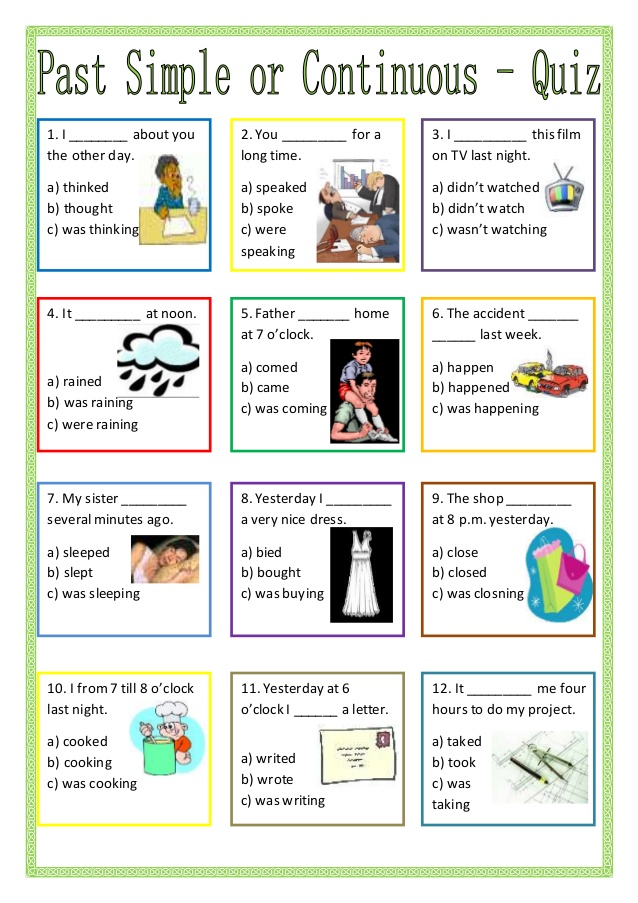 ..” (1964), built in the genre of a letter from a prisoner to his ex, but remaining spiritually close wife, stands out. Behind the outward cheerfulness in the last line, through a few words, a genuine, pain-riddled innermost feeling for Masha breaks through: “You know, Masha, you know, come!”. The addressee of the lyrical message "Everything is behind - both the bullpen and the court ..." (1963) becomes the hero's mother. Playing the role of refrains, sorrowful appeals to a kindred soul ("Let's think and guess, // Where, where they will send me") unexpectedly turn into a premonition of a fatal twist of fate, breaking off the given line of conversation: "My mother, stop crying, // Let's think and guess, // When they bring me back!
..” (1964), built in the genre of a letter from a prisoner to his ex, but remaining spiritually close wife, stands out. Behind the outward cheerfulness in the last line, through a few words, a genuine, pain-riddled innermost feeling for Masha breaks through: “You know, Masha, you know, come!”. The addressee of the lyrical message "Everything is behind - both the bullpen and the court ..." (1963) becomes the hero's mother. Playing the role of refrains, sorrowful appeals to a kindred soul ("Let's think and guess, // Where, where they will send me") unexpectedly turn into a premonition of a fatal twist of fate, breaking off the given line of conversation: "My mother, stop crying, // Let's think and guess, // When they bring me back!
In later works, female images are drawn by Vysotsky in line with the social and everyday problem-thematic line. In "Two Letters" (1967), where "an accurate portrait of the people's consciousness"[vi] is recreated, the character of the heroine is embodied in a fairy-tale self-disclosure. Serious, dramatic in her letter to her husband Kolya - "friend ... beloved" is superimposed on elements of the comic, sincere feeling is in interpenetration with awkward cunning:
Serious, dramatic in her letter to her husband Kolya - "friend ... beloved" is superimposed on elements of the comic, sincere feeling is in interpenetration with awkward cunning:
I dreamed about you in a dream – drunk, angry, gloomy, –
If you think of something, don’t torture yourself:
I walked with the agronomist – just don’t think about it –
We talked all hour only about you.
Zina's speech in Dialogue at the TV (1973) is also noteworthy in the socio-psychological sense. Although she herself is “smeared, smoky” and reveals a naively enthusiastic, uncritical perception of television impressions, at the same time she retains a share of an objective, soberly reasonable attitude to reality: to Vanya’s “friends”, his own behavior (“eat - and immediately on the sofa”), to the quality of products of “our Fifth Garment Factory”. In a piercing exclamation, "It's a shame, Van!" an implicit experience of a lack of sincerity, sincerity in family relationships and the surrounding reality emerges, while the subconscious “idea of a full, interesting, meaningful life” [vii] gives rise to a kind of Russian truth-seeking (“Who wrote to me for a complaint service?”). And in "The Ballad of Childhood" (1975), this lyrical "autobiography" of Vysotsky[viii] and at the same time an "encyclopedia" of the people's existence of the military and post-war period, through relief scenes, line sketches, the antinomism of female fate is comprehended. Voluntary and involuntary dissolution in reduced everyday life (“a neighbor with a neighbor // They indulged in vodka”; “speculator” “Peresvetova Aunt Marusya” “quietly drank”, lived, “neither neighbors nor God”) is combined here with the unspoken experience of the heroines of obvious and hidden dramas (Gisya Moiseevna - “you are also victims”; Aunt Marusya “so ugly, she died evilly”) and even with their unfeminine firmness in personal and historical disasters: “The neighbor was not afraid of the siren, // And she got used to her mother little by little.
And in "The Ballad of Childhood" (1975), this lyrical "autobiography" of Vysotsky[viii] and at the same time an "encyclopedia" of the people's existence of the military and post-war period, through relief scenes, line sketches, the antinomism of female fate is comprehended. Voluntary and involuntary dissolution in reduced everyday life (“a neighbor with a neighbor // They indulged in vodka”; “speculator” “Peresvetova Aunt Marusya” “quietly drank”, lived, “neither neighbors nor God”) is combined here with the unspoken experience of the heroines of obvious and hidden dramas (Gisya Moiseevna - “you are also victims”; Aunt Marusya “so ugly, she died evilly”) and even with their unfeminine firmness in personal and historical disasters: “The neighbor was not afraid of the siren, // And she got used to her mother little by little.
When creating female images, the everyday plane associated with them sometimes reveals an existential content. In the song "Zero Seven" (1969), the episodic character - Tom's telephone operator, who provides the hero's connection with his beloved, is associated for him with a sublime feminine principle ("you are now like an angel", "the telephone operator has become a Madonna"), capable of healing suffering from a deep "non-meeting » close souls, which is transmitted through everyday details (“damage on the highway again”) and the compositional form of the interrupted dialogue. In the song "Rock Climber" written for the film "Vertical" (1966), the dialogic composition marks the hero’s contact with an uplifting, saving beginning, which reveals the dialectic of the refined feminine (“close and affectionate” rock climber) and the stoically courageous: “And you went to the top, and you rushed into battle ... // Every time I pulling out of the abyss ... ". The purely objective and situational acquires fateful features in the transformed perception of the lyrical "I": "Now we are connected with you by the same rope - // We both became climbers."
In the song "Rock Climber" written for the film "Vertical" (1966), the dialogic composition marks the hero’s contact with an uplifting, saving beginning, which reveals the dialectic of the refined feminine (“close and affectionate” rock climber) and the stoically courageous: “And you went to the top, and you rushed into battle ... // Every time I pulling out of the abyss ... ". The purely objective and situational acquires fateful features in the transformed perception of the lyrical "I": "Now we are connected with you by the same rope - // We both became climbers."
Women's images also appear in Vysotsky's humorous songs, which sometimes carry the features of political satire. The last beginning is especially noticeable in the song “Mao Zedong is a big naughty…” (1967), where the image of the leader's wife is depicted - "an artist", "a woman-beast", which "administers the affairs of the cultural revolution". In the song “About Love in the Renaissance” (1969), the theme of female power “over the innocence of husbands” that has not weakened over the centuries is also revealed in the modality of humor, but enriched with elements of philosophical reflection on the mystery of art, the highest, elusive beauty, the dictates of which predetermined Leonardo’s marriage to Mona Lisa for the sake of creating a masterpiece: “The Mona Lisa smiled all the time: // Like, fool, fool!”. The share of wise humor is also dissolved in thoughts about Cassandra's things ("Song about Cassandra's things, 1967), which paradoxically combined an outstanding talent with a tragic reflection (“clairvoyants ... in all ages people burned at the stake”) with female helplessness and vulnerability: “some Greek ... began to use her ... as a simple and insatiable conqueror.” In the song "She has everything of her own - both linen and housing ..." (1968) there is an ironic, parodic play on the traditional motifs of love poetry. Taking on the comic mask of a opportunist in love, the hero poeticizes his beloved, pumping up a lot of everyday, momentary details that contrast sharply with the discourse of love confessions:
The share of wise humor is also dissolved in thoughts about Cassandra's things ("Song about Cassandra's things, 1967), which paradoxically combined an outstanding talent with a tragic reflection (“clairvoyants ... in all ages people burned at the stake”) with female helplessness and vulnerability: “some Greek ... began to use her ... as a simple and insatiable conqueror.” In the song "She has everything of her own - both linen and housing ..." (1968) there is an ironic, parodic play on the traditional motifs of love poetry. Taking on the comic mask of a opportunist in love, the hero poeticizes his beloved, pumping up a lot of everyday, momentary details that contrast sharply with the discourse of love confessions:
I learned a lot of nuances about her
:
She has an older brother
who is a Spartak football player,
And her father is
an assistant in the Ministry of Finance.
Vysotsky found the original perspective of the depiction of a female character in the poem "Hello, Youth, it's me. .." (until 1977). It is built in the form of an artless, extremely sincere confession of an immature female soul. In the fairy-tale self-disclosure of Anya Chepurnaya, who writes for the editors of Yunost, genuine spiritual strings and features of a naive worldview are intertwined, introducing comic overtones into the text. In this artistic, intonationally multifaceted role-playing monologue saturated with expression of live colloquial speech, the deep loneliness of the heroine in an outwardly complete, seemingly complete family is revealed, which prompts her to seek refuge in "Youth": "Do not leave me alone // And respond," Youth " ! In the collisions of Anya Chepurna’s love relationship “with Mitya the Combiner”, not only her individual spiritual quest (“Do I love him?”), But also a conscious, internally suffered opposition to the ridicule and profanation of everything intimate and secret that dominates the environment surrounding the heroine, are revealed.
.." (until 1977). It is built in the form of an artless, extremely sincere confession of an immature female soul. In the fairy-tale self-disclosure of Anya Chepurnaya, who writes for the editors of Yunost, genuine spiritual strings and features of a naive worldview are intertwined, introducing comic overtones into the text. In this artistic, intonationally multifaceted role-playing monologue saturated with expression of live colloquial speech, the deep loneliness of the heroine in an outwardly complete, seemingly complete family is revealed, which prompts her to seek refuge in "Youth": "Do not leave me alone // And respond," Youth " ! In the collisions of Anya Chepurna’s love relationship “with Mitya the Combiner”, not only her individual spiritual quest (“Do I love him?”), But also a conscious, internally suffered opposition to the ridicule and profanation of everything intimate and secret that dominates the environment surrounding the heroine, are revealed.
In Vysotsky's mature love-confessional lyrics, the image of sublime femininity becomes one of the key ones.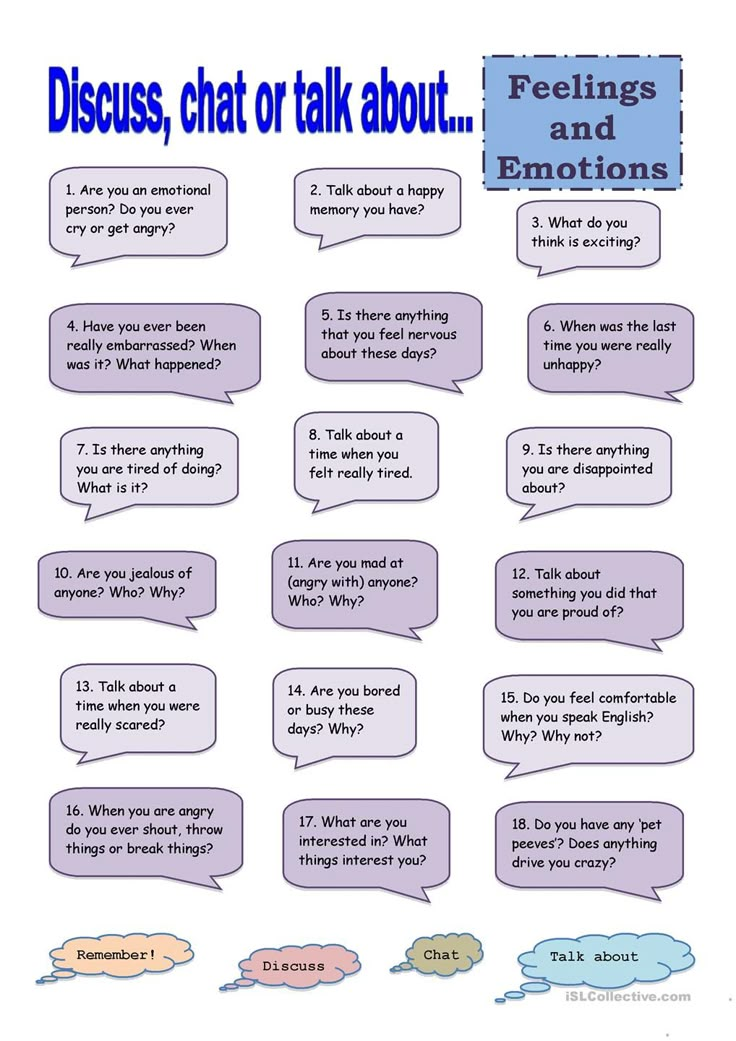 The thesis that “in his love ethics Vysotsky is surprisingly old-fashioned seems fair. A woman for him is an object of worship and responsible care. Any weaknesses are generously forgiven to her”[ix].
The thesis that “in his love ethics Vysotsky is surprisingly old-fashioned seems fair. A woman for him is an object of worship and responsible care. Any weaknesses are generously forgiven to her”[ix].
The song "She was in Paris" (1966) is imbued with a sense of elusiveness, the supernaturalness of the beloved woman in relation to the dimension in which the lyrical hero exists. The autoreminiscences present in the text (“I sang back then - I thought it was closer - // “About the counter”, “About the one who used to be with her ...”) emphasizes the autobiographical basis of the image of the hero-artist who tries to find contact-setting force in communication with the beloved. The drama of his state of mind is combined here with the rejection of rivalry, which allows him to rise to a higher level of love experience:
She is here today, and tomorrow she will be in Osla –
Yes, I got into trouble, yes, I got into trouble! they - I better wait it out!
In the song “They light candles for me every evening…” (1968), a poignant confessional word highlights the intensity of the inner life of the lyrical “I” (“what was in my soul” – “not knowing, she took with her”) and is enriched with associations with knightly poetry : "Every evening candles are lit for me, / And your image fumigates the smoke.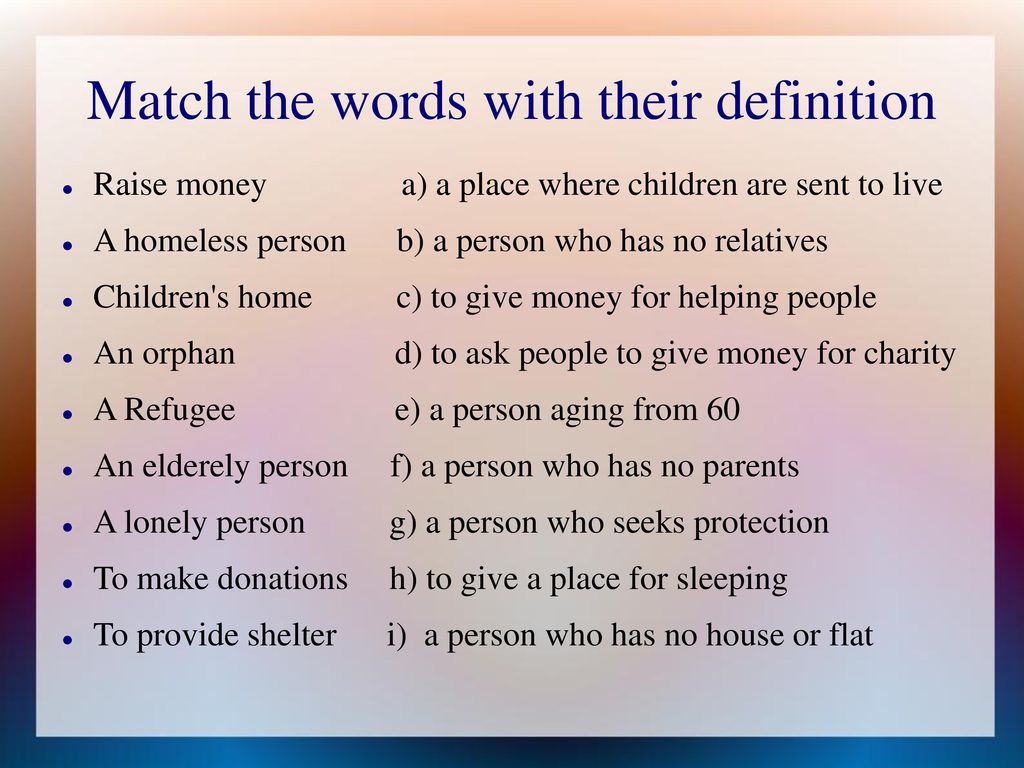 "
"
Deeply in tune with the traditions of classical love lyrics are poetic messages to M.Vladi (“Crystal House”, 1967; “Marinka, listen, dear Marinka…”, 1969; “There is no one around, no matter how you breathe…”, 1969, etc.) . The sublime female image actualizes here fabulous, magical associations (“the crystal house on the mountain is for her”, “you are my blue bird in the distance”, “mysterious as the dwelling of the Inca”), giving rise to the moral need for selflessness in the hero: “I can for you go to prison - // May this be your reward. A prominent place in this row is occupied by the poem "I love you now ..." (1973), revealing the intense drama of love, which is enclosed in the elusive moment of the present: “Not after and not before I burn in your rays ...”[x]. Here a controversy arises with classical elegiac poetry, focused primarily on understanding the past - what Vysotsky's hero seems to be "sader than graves." The persistent desire to comprehend the rhythms of a genuine, here and now pulsating feeling makes the hero distrust the inevitable conventions of the past and future of temporary plans (“I don’t breathe in the past and don’t care about the future”). It turns out that even in the experience of love, a person in the axiological space of Vysotsky's poetry is not able to avoid extreme trials - "shameful pillars", "burnouts", "barriers", self-awareness "with chains on his feet and with weights on the pood".
It turns out that even in the experience of love, a person in the axiological space of Vysotsky's poetry is not able to avoid extreme trials - "shameful pillars", "burnouts", "barriers", self-awareness "with chains on his feet and with weights on the pood".
Over the years, individualized female images often acquire a collective quality in Vysotsky's poems and songs, interacting with folklore archetypes, as happens in the song "I Carried My Trouble..." (1970). In The White Waltz (1978), the key leitmotif (“today the ladies invited gentlemen”), the symbolism of white color (“And you were white - paler than the walls, whiter than the waltz”) embody the saving power of femininity, opposed to great and small anxieties, ontologically intended for to "invite you to life". The personal experience of the lyrical hero-warrior, who “always needs to ... rush to help, get ready for war”, is revealed in his confidential address to the interlocutor (“And the blood is knocking on your temples to the rhythm of the waltz”) and appears in an immense space-time perspective: "Women hurried to come to our aid - // Their ballroom - the size of the whole country. " The poetic symbolization of the feminine principle is also carried out in the "Song of the Earth" (1969), where the feminine, maternal hypostasis of the Earth is comprehended, suffering in catastrophic trials and at the same time showing a wise dialectic of pain, vulnerability - and strength of perseverance: “She will endure everything, wait it out - // Do not write the Earth into cripples!”. In the centuries-old folklore tradition, the “collective image of women waiting for men from the war”[xi] is rooted in the song “It happened - the men left ...” (1972), which is built in the form of a role-playing monologue and combines “the age-old strain of lamentations” at the intonational and stylistic level , “an echo of ancient prayers” and the spell inherent in the refrain, designed to influence the course of reality, the energy of the word:
" The poetic symbolization of the feminine principle is also carried out in the "Song of the Earth" (1969), where the feminine, maternal hypostasis of the Earth is comprehended, suffering in catastrophic trials and at the same time showing a wise dialectic of pain, vulnerability - and strength of perseverance: “She will endure everything, wait it out - // Do not write the Earth into cripples!”. In the centuries-old folklore tradition, the “collective image of women waiting for men from the war”[xi] is rooted in the song “It happened - the men left ...” (1972), which is built in the form of a role-playing monologue and combines “the age-old strain of lamentations” at the intonational and stylistic level , “an echo of ancient prayers” and the spell inherent in the refrain, designed to influence the course of reality, the energy of the word:
We are waiting for you - hurry your horses!
Good day, good day, good day!
Let the fair winds not beat, but caress your backs. ..
..
And then come back soon,
For they cry for you,
And without your smiles the mountain ash grows pale and dries.
The element of femininity is revealed in the poetic world of V. Vysotsky in its antinomic hypostases - from the reduced, everyday dimensions to the penetration into its innermost, transtemporal essence. The artistic comprehension of this element predetermined a wide range of figurative, compositional-stylistic, genre solutions, the interaction of various problematic and thematic levels, highlighted the intersection of the comic and the serious, everyday and existential, as well as the polar, evolving facets of the worldview of the lyrical "I".
Let me say a few words about what Vysotsky means to me. Honestly, the fact that he was not baptized is my personal pain. I cannot commemorate him at the liturgy as a Christian. But he was my schoolmaster to Christ. I sometimes say: my parents taught me to speak, and Vysotsky taught me to think.
2 Feb 2010 | Priest Alexander Pikalyov | Continued
Vladimir Vysotsky, keeping in himself the genotype of many generations of Christian ancestors, perfectly understood that there is a spiritual world. And he certainly recognized God. At the same time, being a non-church and passionate person, distinguished by maximalism in relation to life, feeling the tragedy of life and death, he suffered and suffered from the age-old problems that torn him apart, which he unsuccessfully tried to solve himself, without relying on the Christian laws of spiritual life.
28 Jun 2009 | Archpriest Mikhail Khodanov | Continuation
And in the Eternal Flame you see a flaming tank, Burning Russian huts, Burning Smolensk and burning Reichstag, Burning heart of a soldier.
May 10, 2010 | Ilya Borisovich Nichiporov | Continuation
Numerous female images are already found starting from the early "thieves" songs, where, with a general tendency to their decrease, original psychological touches are also scattered.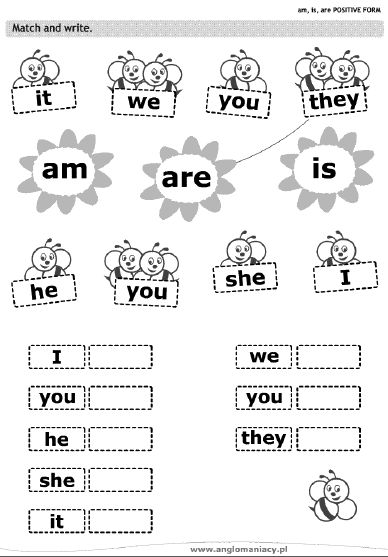
28 Jun 2009 | Ilya Borisovich Nichiporov | Sequel
Shukshin and V. Vysotsky as artists formed and declared themselves at the turn of the 1950s - the first half of the 1960s, in the era of fundamental shifts in social and cultural consciousness, the gradual acquisition of lost spiritual landmarks.
28 Jun 2009 | Ilya Borisovich Nichiporov | Continued
Protodeacon Andrei Kuraev said that the bard's songs helped him change his own life, and expressed regret that the artist's life ended so early. “Vladimir Vysotsky is the path of human freedom. Unfortunately, many people use freedom only for their own degradation, rare people - for their own transformation and creativity. Vysotsky was able to do both,” said Father Andrei
28 Jun 2009 | Protodeacon Andrei Kuraev | Continued
The path of the lyrical hero of Vysotsky's poetry to a meeting with God and paradise was thorny and not free from the most difficult breakdowns, due to both personal factors and the spirit of the times.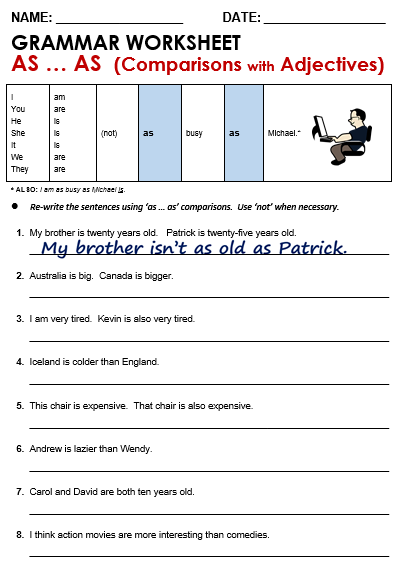
28 Jun 2009 | Ilya Borisovich Nichiporov | Continued
[i] Skobelev A.V., Shaulov S.M. Vladimir Vysotsky: world and word. 2nd ed., rev. and additional Ufa, 2001; Sviridov S.V. The name of a person. The artistic world of V. Vysotsky in the context of Russian culture // World of Vysotsky: Research. and materials. Issue. IV. M., 2000. S.248 - 279; Shilina O.Yu. Man in the poetic world of Vladimir Vysotsky // World of Vysotsky: Research. and materials. Issue. III. T. 2. M., 1999. P. 37 - 49; Nichiporov I.B. "At the bend of being": Vladimir Vysotsky // Nichiporov I.B. Author's song in Russian poetry of the 1950s - 1970s: creative individualities, genre and style searches, literary connections. M., 2006 P.276 – 335, etc.
[ii] Rudnik N.M. The problem of the tragic in the poetry of V.S. Vysotsky. Kursk, 1995. P.68.
[iii] Works in two volumes. Yekaterinburg, 1999.
[iv] Skobelev A.V. “A lot of obscurity in a strange country…”. Literary criticism. Yaroslavl, 2007.